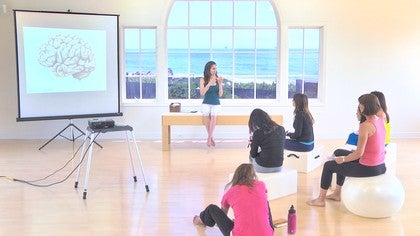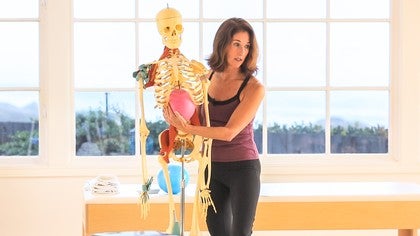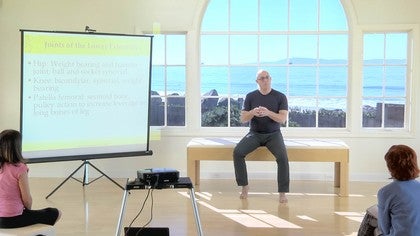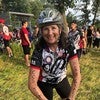Premium Continuing Education workshop
You can view a 2 minute preview. For details, scroll down below the video.
Workshop #1334
Neuroscience and Exercise
Description
Pilates is considered mind-body exercise. But what does that really mean? In this enlightening workshop, Pilates teacher (and MS patient) Mariska Breland will take you through a basic understanding of the central nervous system, the role of sensory and motor systems to control and refine movement, the fascinating phenomenon of mirror neurons, brain maps, and the homunculus, and how our growing understanding of neuroplasticity is a game-changer for movement professionals and exercisers alike. Specific applications and exercises will be included for working with neurological conditions and brain injury, but the understanding of how to truly harness the power of the mind-body connection can improve the performance of any student or athlete.
Objectives
- To think beyond the muscles, joints, and ligaments to what is happening in the central nervous system to actually initiate and control movement
- Learn exercises that demonstrate the mind-body connection
- Learn about different neurological conditions and the shortcomings in healthy individuals
- Learn ways to improve the function of the central nervous system through exercise
About This Video
Continuing Education Credits
If you complete this workshop, you will earn:
4.0 credits from Pilates Association Australia (PAA)
The Pilates Association Australia (PAA) is an independent and not-for-profit organization established by the Pilates industry as a regulatory body for control of quality instruction, member support, and integrity within all legitimate approaches to the Pilates Method.
3.0 credits from National Pilates Certification Program (NPCP)
The National Pilates Certification Program is accredited by the National Commission for Certifying Agencies (NCCA)
Workshops: Body Pathologies and Conditions
Comments
Debbie ~ I'm sorry this chapter is stopping. I recommend restarting your computer to clear away the other processes that are running. If it continues to stop after trying this, please email us at support@pilatesanytime.com for more options.
You need to be a subscriber to post a comment.
Please Log In or Create an Account to start your free trial.



































